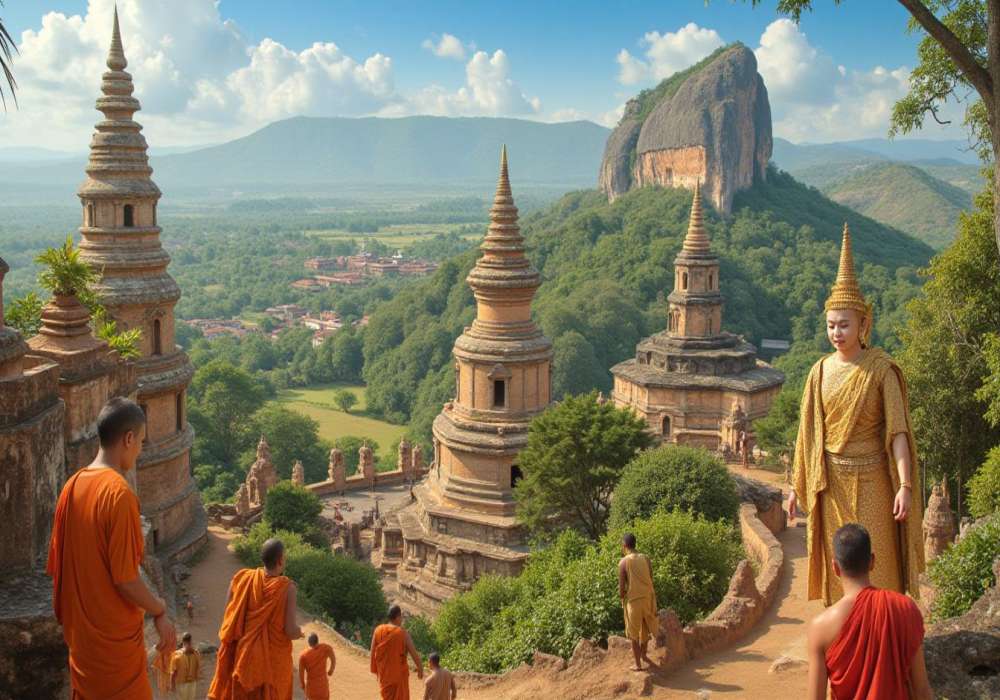
Last Updated At: 02-Sep-2025
History Of Sri Lanka | Cultural, Festivals And Historical Landmarks
The ancient history of Sri Lanka is a captivating narrative that unfolds over millennia, weaving together a tapestry of civilisations, cultures, and conquests. The island's past reflects a series of transformative chapters from the ancient kingdoms of Anuradhapura and Polonnaruwa to the colonial influences of the Portuguese, Dutch, and British. The arrival of Buddhism left an indelible mark, shaping both the spiritual and architectural landscape with awe-inspiring stupas and temples.
The island's strategic location on ancient trade routes attracted diverse cultures, resulting in a fusion of traditions that remains evident today. The struggle for independence in the 20th century marked a pivotal point, leading to the birth of modern Sri Lanka. UNESCO World Heritage Sites like Sigiriya, Kandy, and Galle Fort stand as testaments to the nation's history, inviting visitors to trace the footsteps of kings, explorers, and visionaries.
Ancestral Footsteps | Exploring the Historical Tapestry of Sri Lanka
The journey through time showcases the enduring spirit and heritage of Sri Lanka, a land that carries its past proudly into the future. Here, let us trace the history of this beautiful teardrop country.
1.Ancient History of Sri Lanka | Whispers of Empires
In the heart of Sri Lanka's ancient history lies a tale of magnificent kingdoms and cultural marvels. From the majestic stupas of Anuradhapura to the intricate carvings of Polonnaruwa, the island's landscapes are alive with echoes of once-thriving civilisations. Buddhism's gentle embrace intertwined with regal power, yielding architectural wonders like the Sigiriya rock fortress. Trade winds brought foreign influences, leaving their mark in coastal towns and ports. The ancient history of Sri Lanka is a treasure trove of stories, where palaces and temples narrate the rise and fall of dynasties, inviting modern travellers to step into a realm where time's touch is eternally etched in stone.
2. Colonial Period in Sri Lanka | Journey Through Foreign Horizons
The colonial period in Sri Lanka unfolds as a chapter of diverse influences, where the island's shores became a canvas for global ambitions. Portuguese, Dutch, and British footprints left imprints that echo in fortified forts and architectural treasures. Trading hubs flourished, cultures mingled, and tea plantations emerged, shaping the nation's identity. Amidst the colonial clash of power, a unique synthesis emerged, where traditions intertwined with foreign innovation. This era of intrigue and transformation, marked by resistance and adaptation, remains etched in historical landscapes, reminding us of a time when Sri Lanka navigated the currents of global change to emerge resilient and enriched.
Read More : Water Spots In Sri Lanka
3. Dutch and Portuguese Rule in Sri Lanka | A Tale of Conquests & Cultural Fusion
Amidst the golden sands and lush landscapes, Sri Lanka's shores bore witness to the legacy of Dutch and Portuguese rule. An era of maritime conquests and strategic forts, where colonial ambitions intertwined with the island's rich history. Portuguese influences left their mark on architecture and culture, while the Dutch era introduced trade dynamics and forts that still stand sentinel. These foreign chapters, woven into the tapestry of Sri Lanka's past, remind us of the island's resilience in the face of changing tides. Thus, the Dutch and Portuguese rule in Sri Lanka left an indelible imprint on Sri Lanka’s history.
4. Historical Sites in Sri Lanka | Echoes of Eternity
Nestled amidst verdant landscapes, historical sites in Sri Lanka are silent witnesses to a tapestry of centuries-old stories. Each site echoes the footprints of bygone civilisations, from the towering citadel of Sigiriya to the ancient stupas of Anuradhapura.
- Anuradhapura. Anuradhapura, the cradle of Sri Lankan Buddhism, unveils sprawling monastic complexes and colossal dagobas that once marked the heart of an ancient kingdom. The sacred Bodhi tree said to be an offshoot of the tree under which Buddha attained enlightenment, exudes an aura of spiritual reverence.
- Polonnaruwa. Polonnaruwa, the successor to Anuradhapura, boasts intricate stone carvings and the majestic Gal Vihara statues depicting the Buddha in various poses. The ruins mirror a thriving cityscape of grand palaces, bathing ponds, and beautifully designed gardens.
- Sigriya. The rock fortress of Sigiriya, rising dramatically from the plains, presents a harmonious blend of architecture and natural beauty. It's frescoes and water gardens narrate tales of a medieval king's opulent lifestyle and artistic vision.
- Kandy. Kandy, the cultural capital, cradles the Temple of the Tooth Relic, a spiritual treasure and a symbol of national pride. The Kandy Esala Perahera, a grand annual procession, adds a vibrant dimension to the city's historical significance.
- Galle Fort. Galle Fort, a UNESCO World Heritage Site, tells stories of colonial aspirations. The Dutch and British architectural influences meld with the city's vibrant culture, creating a unique fusion of past and present.
Exploring these historical sites is like paging through a living history book, where the stonework, ruins, and artefacts weave tales of power, devotion, and artistic brilliance. The heritage sites offer a glimpse into the ebb and flow of Sri Lanka's journey through time, celebrating its resilience, creativity, and cultural diversity.
Whether standing atop Sigiriya's summit, meditating in Anuradhapura's sacred precincts, or wandering through the lanes of Galle Fort, every step transports you to a realm where the past is preserved, the present is enriched, and the echoes of antiquity shape the future.
Read More : Hill Station In Sri Lanka
5. Sri Lanka's Cultural Heritage | Embracing the Cultural Kaleidoscope of Sri Lanka
Sri Lanka's cultural heritage is a vibrant mosaic that reflects the harmonious coexistence of diverse traditions, religions, and ethnicities. Rooted in ancient history, the island's culture has evolved through millennia, shaped by influences from India, Southeast Asia, Europe, and the Middle East.
- Dance Forms. From the intricate dance forms like Kandyan and Bharatanatyam to the resonating beats of traditional drums, cultural expressions are a vibrant thread woven into everyday life.
- Spiritual Essence. Temples, stupas, and sacred sites punctuate the landscape, embodying the spiritual essence that has permeated Sri Lankan culture for centuries. The Sinhalese New Year and Vesak, the festival of lights, encapsulate the cultural significance of rituals and celebrations.
- Art & Crafts. Traditional arts and crafts, such as intricate woodcarvings, batik textiles, and delicate lacework, showcase the craftsmanship passed down through generations. The cuisine is a delightful fusion of flavours influenced by centuries-old trade routes.
Sri Lanka's cultural heritage radiates through its festivals, architecture, rituals, and the warmth of its people. It's a testament to the nation's identity, a harmonious blend of past and present that resonates with pride and unity.
Read More : Street Food Of Sri Lanka
6. History of Sri Lankan Civilisation | Unravelling the Story
Sri Lankan civilisation is a rich tapestry woven over millennia, encompassing ancient kingdoms, spiritual reverence, and harmonious diversity. The echoes of Anuradhapura and Polonnaruwa resonate in colossal stupas and intricate carvings, while Sigiriya's rock fortress is a testament to architectural brilliance. Buddhism's influence permeates daily life, celebrated through festivals like Vesak. Amidst cultural crossroads, Sri Lanka's civilisation thrives on its people's resilience, their traditions and embrace of unity within diversity paint a vivid portrait of a nation shaped by history, faith, and the spirit of coexistence.
Read More: Best Places To Visit In Sri Lanka
7. Independence Movement Sri Lanka | From Struggle to Freedom
The Independence Movement of Sri Lanka stands as a defining chapter in the nation's history, a testament to the unwavering spirit of its people in their pursuit of self-determination. Fueled by a fervent desire for freedom from colonial rule, the movement gained momentum in the early 20th century, driven by charismatic leaders and a groundswell of national pride.
Inspired by Mahatma Gndhi's nonviolence, civil disobedience, and unity principles, Sri Lankans united across ethnic and religious lines to demand autonomy. Symbolic acts of protest, including satyagrahas and demonstrations, echoed their call for self-governance.
The pivotal moment arrived on February 4, 1948, when Sri Lanka emerged as a sovereign nation. As it was known then, Ceylon stepped onto the world stage, celebrating its hard-fought victory against the shackles of colonialism.
The Independence Movement marked the end of foreign dominion and heralded a new era of nation-building. While challenges persisted, the spirit of resilience and unity shaped the nation's path.
Today, the movement's legacy resonates in Sri Lanka's identity, reminding its people of the sacrifices and ideals that guide them. The journey from colonial subjugation to a vibrant, independent nation stands as an inspiration, a beacon of courage and unity that continues to guide Sri Lanka's progress into the future.
Embark on a journey through Sri Lanka's rich history with Adotrip as your trusted travel partner. Our expertly crafted itineraries ensure you delve deep into ancient realms like Anuradhapura and Sigiriya, guided by local insights. From the colonial legacy of Galle Fort to the spiritual sanctuaries, we curate an immersive experience. Seamless bookings, personalised guidance, and a passion for storytelling make Adotrip the perfect companion to unlock the historical treasures of Sri Lanka, ensuring your trip is a captivating voyage through time.
With us, nothing is far!
Frequently Asked Questions About the History of Sri Lanka
Q1. What are the significant historical events of Sri Lanka?
A1. From ancient kingdoms like Anuradhapura to colonial rule and finally independence in 1948, Sri Lanka's history is marked by cultural evolution and a struggle for sovereignty.
Q2. How did Sri Lanka's ancient civilisations contribute to its culture?
A2. Ancient civilisations like Anuradhapura and Polonnaruwa laid the foundation for Sri Lanka's culture through architecture, art, and Buddhism, influencing traditions that thrive to this day.
Q3. What are the major historical landmarks and archaeological sites in Sri Lanka?
A3. Landmarks like Sigiriya, Anuradhapura's stupas, Polonnaruwa's ruins, and Galle Fort showcase Sri Lanka's rich past, preserving tales of dynasties, artistry, and resilience.
Q4. How did colonial rule shape Sri Lanka's history?
A4. Portuguese, Dutch, and British colonial rule shaped Sri Lanka's history, influencing architecture, trade, and cultural dynamics, leaving an indelible mark on the nation's identity.
Q5. What is the importance of Buddhism in Sri Lanka's history?
A5. Buddhism's arrival in ancient times profoundly influenced Sri Lanka's culture, spirituality, and societal norms. Monastic complexes and sacred relics remain integral to the nation's heritage.
--- Published By Adotrip
Latest Blogs

One Day Picnic Spot Near Vadodara - Nature, Heritage & Adven...

One Day Picnic Spot Near Panvel - Relax, Explore & Refresh

One Day Picnic Spot Near Nashik – Lakes, Hills & Heritage

One Day Picnic Spot Near Karjat – Nature, Adventure & Weeken...
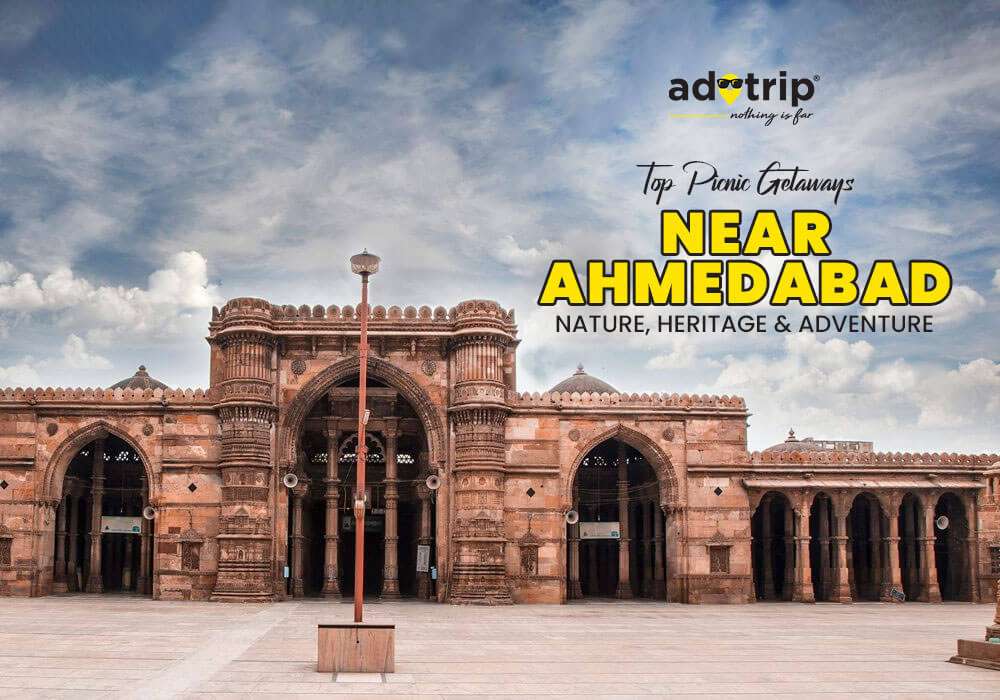


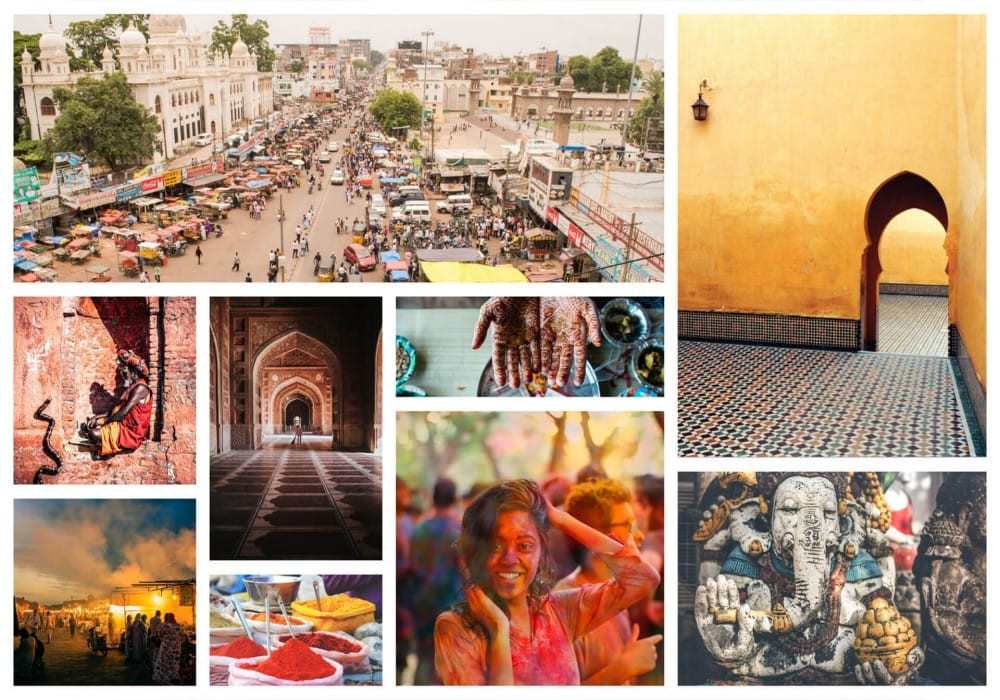
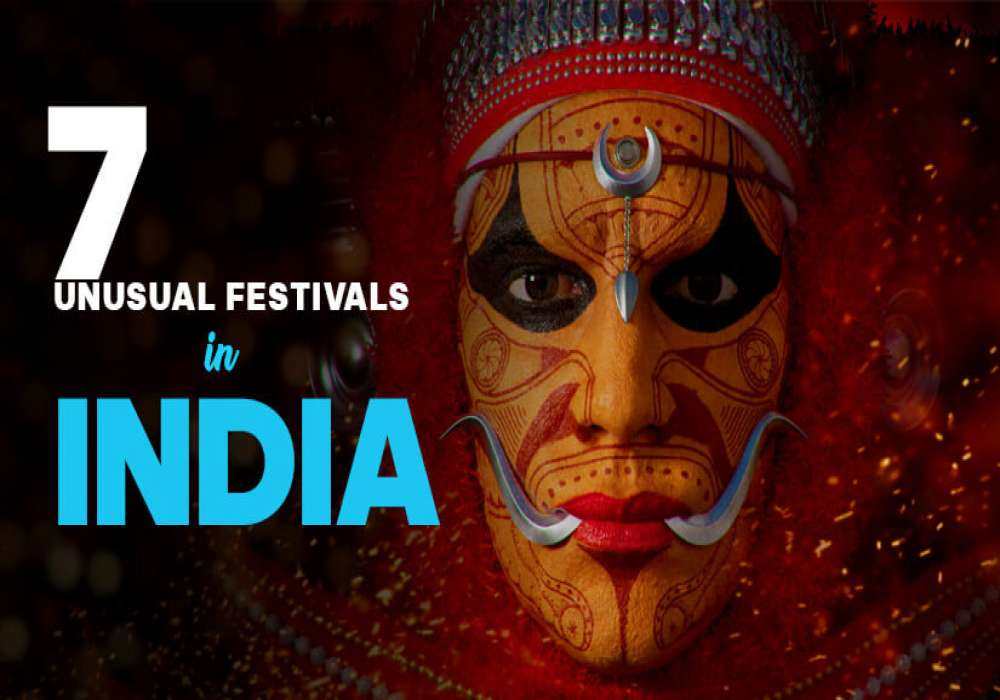


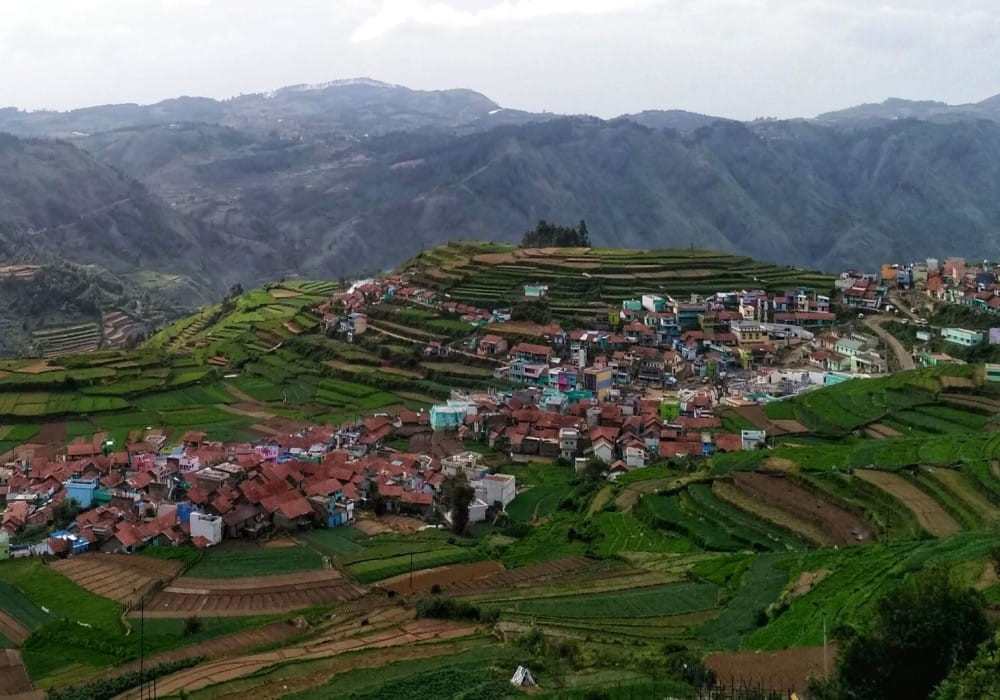
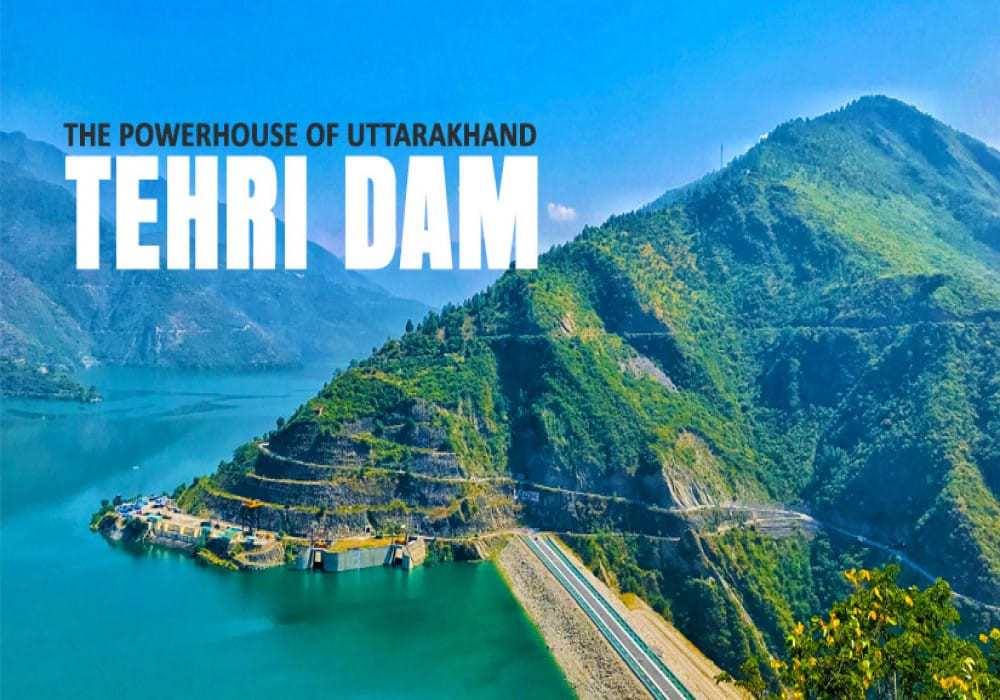

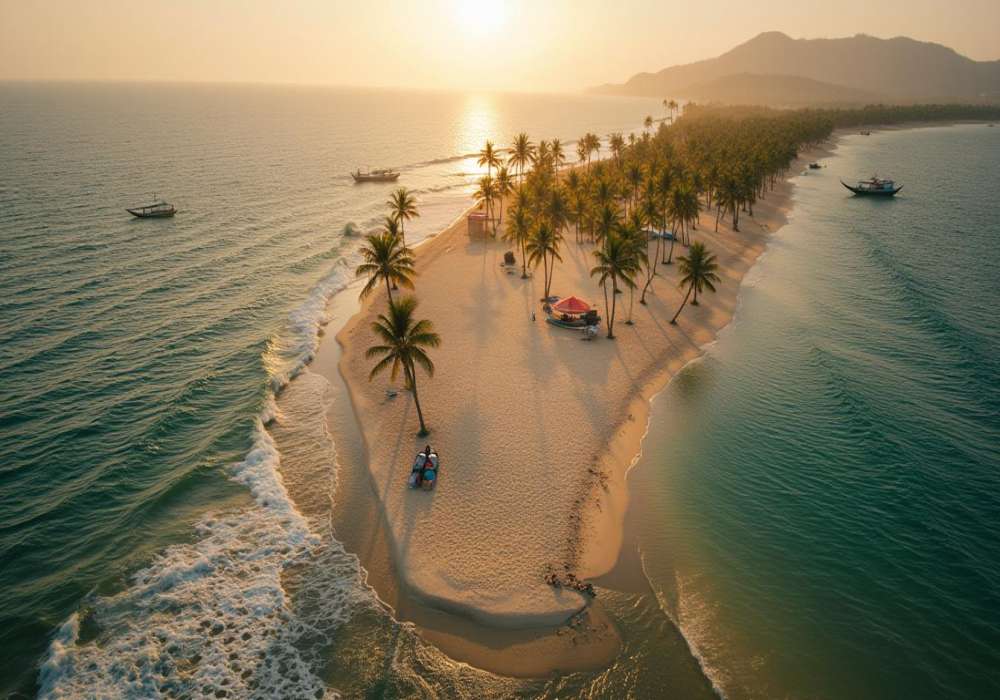

.jpg)

 Dubai
Dubai Malaysia
Malaysia USA
USA





